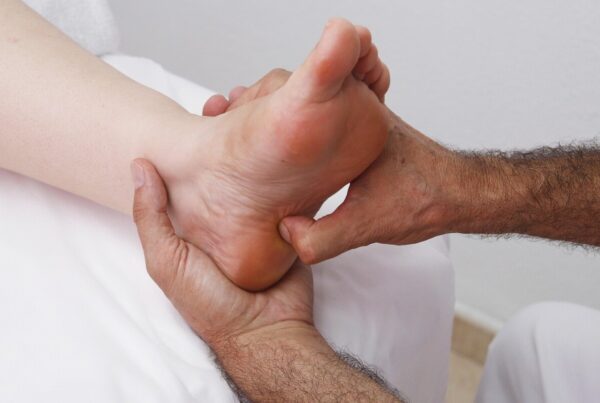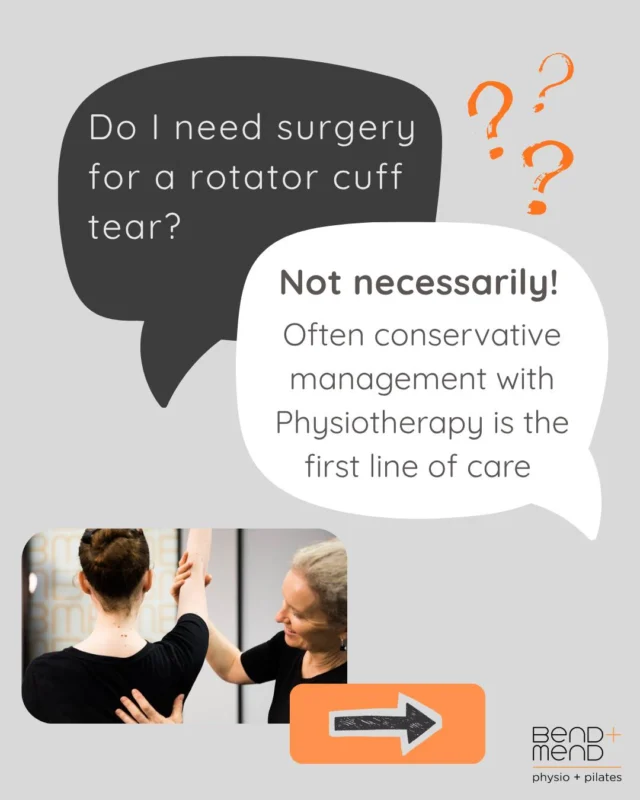As we age, our body starts to change in appearance and level of functional capacity. In today’s blog we are discussing the changes that may happen in your feet as you age. Sometimes the great or big toe starts leaning in towards the other toes of the foot, and a bump may start appearing at the joint of the base of the big toe. This well known condition is known as bunions, or hallux varus.
Bunions are one of the most common foot deformity conditions, occurring in approximately 23% of adults aged 18 to 65, and up to 36% of adults above the age of 65 years old. Unfortunately for women, there is a much higher prevalence of bunions. It is somewhat hypothesised that this is probably because women tend to have weaker connective tissue in their feet, and are more likely to wear tight, heeled shoes.
Several factors influence the risk of developing a bunion. Some people are more likely to have bunions because of their genes. Contrary to popular belief, tight shoes aren’t the main cause. But they can contribute to the development of bunions and make the problem worse – especially shoes with high heels and pointed toes.
The risk of bunions is greater in people who have weak connective tissue, a short Achilles’ tendon, short calf muscles, or a joint disease such as rheumatoid arthritis. But they can also develop as a result of weak foot intrinsic muscles, causing a flatfoot or splayfoot posture.
The prevalence is higher in those who wear shoes or heels when compared to the barefoot population. Interestingly, when comparing women and men in barefoot populations, women are found to have bunion deformities twice as often.
Symptoms include:
- Swollen, bony bump on the outside edge of your foot
- Pain and swelling over your big toe joint that’s made worse by pressure from wearing shoes
- Hard, callused and red skin caused by your big toe and second toe overlapping
- Sore skin over the top of the bunion
Bunions can vary a lot in severity. This severity is determined based on the angle between the big toe and the first metatarsal, and also pain level. The difference between a “normal” big toe joint and a bunion isn’t always clear, many people have mild bunions that never cause any problems.
Bunions can get worse over time. Treatment is only needed if they cause problems. The most suitable treatment will depend on a number of factors, including the symptoms, type of deformity, and whether the person has other medical co-morbidities.
Common Non-Surgical Management Options:
- Splints: Toe-spacers or toe-supports are used to keep the big toe in a normal position. The aim is to relieve the symptoms and slow down the progression of the bunion.
- Well-fitting shoes: People are advised to wear flat shoes that give the toes enough room. If the toes or big toe joint hurt, bunion pads can be used.
- Physiotherapy: Exercises to increase foot stability and control, particularly through the medial and longitudinal arches of the foot.
Although Bunions cannot be completely prevented, the symptoms can be managed and the condition progression can be slowed down with appropriate conservative management.
Surgical intervention is only appropriate if symptoms are severe or unchanging. Surgery is the only option that will treat the cause of symptoms by correcting the misalignment, but a complete symptom resolution is not a guarantee, and may have side-effects.
If you are concerned about foot or ankle pain, it is imperative that you address these concerns appropriately, and in a timely manner to have the best potential for a quick and successful management plan of symptoms.





